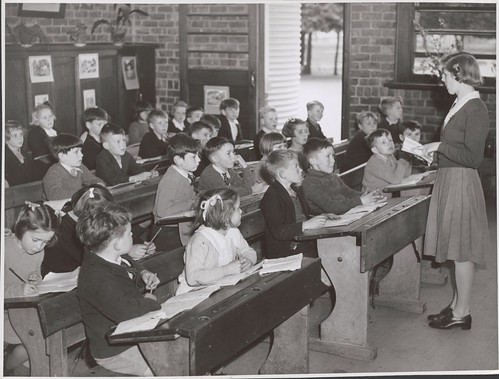Maths anxieties is defined as when a student has a negative reaction to mathematics (University of Cambridge, 2017) These kind of feelings can often be crippling for the students who are learning the subject and result in the students having a negative relationship with maths. I personally have had these feelings often and believe this is one of the main reasons for the way I still feel about maths to this day. The feeling of nervousness has never left me and due to this I feel I still have a negative relationship with maths. This has even led me to feel nervous about teaching maths while on placement.
There are many different symptoms of maths anxiety (Oxford Learning, 2017). Students often end up having passive feelings towards the subject, they may feel so nervous and like they can’t do it, to the point where they do not even want to try. Confidence is also an issue, students often feel like they will not get the answers right so do not offer answers. These feelings then often result in panic when it comes to class tests and having to answer in front of people.
Symptoms like this are very common amongst students and often lead to them dropping the subject as soon as possible. Personally for me, this was because I only needed my National 5 to get into University and believed that when it came to sitting my higher subjects, I was better choosing subjects I felt more confident in. However, it has been found that students who have only completed the compulsory level of maths at school and no further, are much more likely to struggle when they attend University (Turner and Berman, 2014, as cited in Metje, Frank and Croft, 2007). This is especially true for students who need even a small amount of maths for their course. Therefore, it is of the upmost importance that we try and help students overcome these feelings so that is does not result in a negative impact on them in the future.
There are many ways teachers can help pupils overcome their maths anxiety. This includes encouragement and making sure that the students understand that it is okay to make mistakes. Class discussions and working together are also a good way of putting students at ease instead of calling on individuals. Along with this, switching it up in the classroom and trying to teach more creatively can also result in a more in depth understanding of the material, therefore resulting in a higher level of confidence when it comes to answering questions and in the subject in general.
It was found that 30% of pupils in Scotland feel nervous and tense when they have to do maths and 50% feel like mathematics is too hard (PISA, 2012). From these statistics it is clear that we must do more in our schools to encourage the learning and development of skills in mathematics. Overall, along with being damaging to the individual themselves, maths anxiety can also have a more serious effect on pupils in the long run. Therefore, I believe it is vital that we support pupils and help them with these feelings to improve their relationship with the subject as this would benefit them greatly in future life.
References:
Metje, N., Frank, H.L., Croft, P. (2007) Can’t do maths – understanding students’ math anxiety.Oxford: Oxford University Press
Oxford Learning (2017) What is Math Anxiety? Available at: https://www.oxfordlearning.com/what-is-math-anxiety/ (Accessed 5th November 2018)
Programme for International Student Assessment (2012) Improving schools in Scotland: an OECD perspective. Available at: https://www.gov.scot/publications/transforming-scotland-maths-positive-nation-final-report-making-maths-count/pages/4/ (Accessed 5th November 2018)
Teach Hub (N.D.) 12 Ways to Overcome Math Problem Solving and Test Anxiety in Students. Available at: http://www.teachhub.com/overcome-students-math-anxiety (Accessed 5th November 2018)
University of Cambridge (2017) What is Mathematics Anxiety? Available at: https://www.cne.psychol.cam.ac.uk/math-memory/what-is-mathematics-anxiety (Accessed 5th November 2018)





